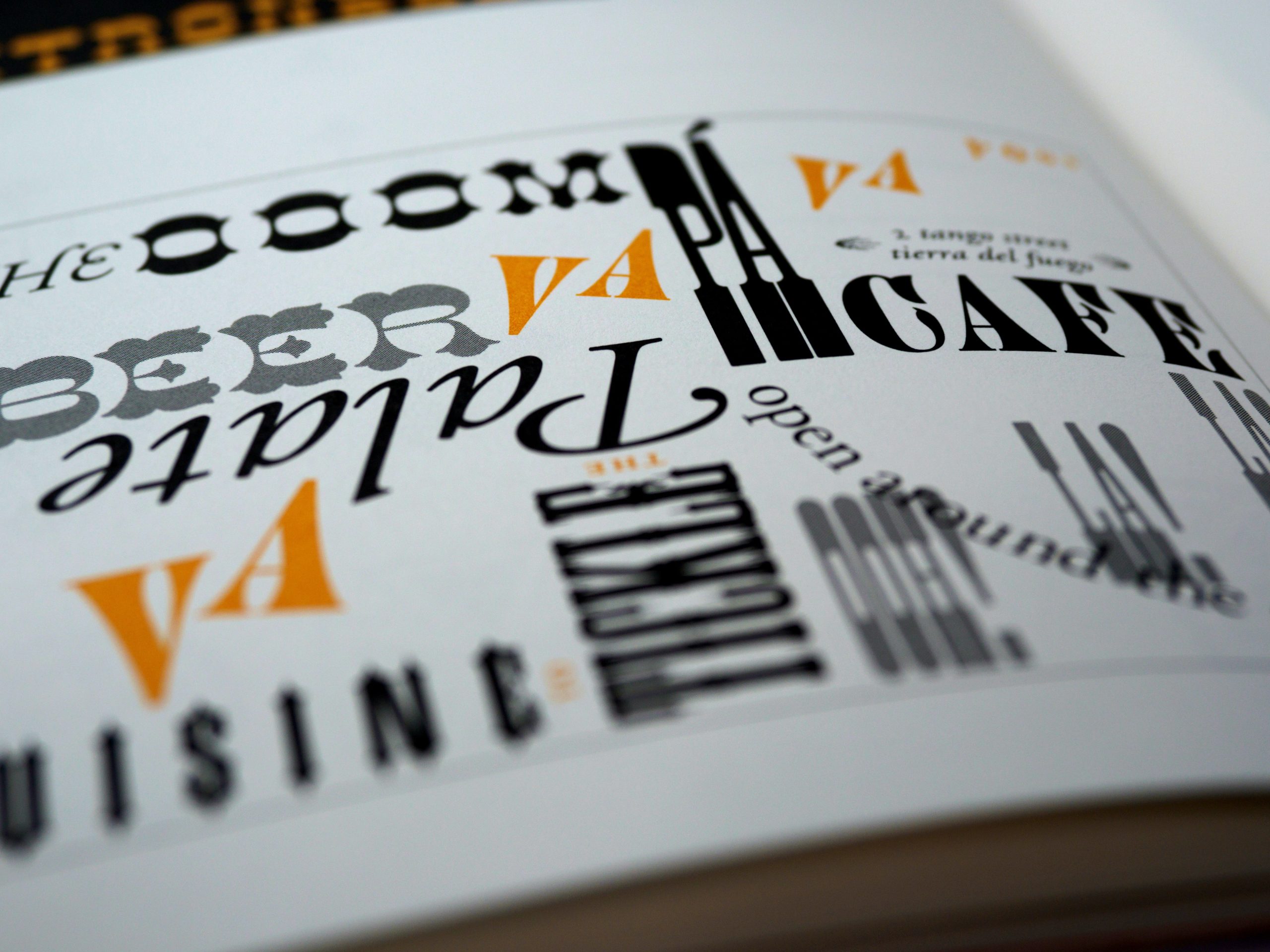Logo design is an important part of any business. A logo is often the first thing a customer notices, and it can make or break their impression of your organization. For that reason, it’s essential to create a logo that stands out and makes customers remember your brand. To help you do this, there is one key rule you should always follow: the golden rule of logo design.
Contents of Post
Definition of Logo Design
The definition of logo design is the process of creating a visual representation, symbol or emblem that represents an individual or organization. Logos are often used as a marketing tool to identify and distinguish a brand from its competitors. An effective logo should be simple, memorable and timeless while also conveying the essence of the brand it represents.
The golden rule of logo design is simplicity. A good logo should be easy to understand and visually pleasing without being overly complex or cluttered with unnecessary details. It should also be versatile enough to work across various mediums such as print, digital media, and promotional materials.
Another important aspect of logo design is choosing the right color palette, font style and imagery that accurately reflects the brand’s personality and values. The colors chosen for a logo can evoke certain emotions in consumers, while the font style can convey different levels of professionalism or playfulness. Overall, a well-designed logo can help build brand recognition and trust among consumers when executed properly according to these principles.

Color: Choosing Wisely
When it comes to logo design, color is one of the most crucial elements that can make or break your brand image. While you may be tempted to choose colors that reflect your personal preferences, it is important to remember that different colors have different meanings and associations in various cultures.
The golden rule of logo design with regard to color is simple: choose wisely. Consider the emotions and feelings you want your brand to evoke in your target audience, and then choose a color scheme that aligns with those values. For instance, if you want your brand to appear trustworthy and professional, dark shades like black or navy blue are excellent choices. On the other hand, if you want a playful and energetic image for your brand, bright colors like yellow or orange will work better.
Ultimately, choosing the right color combination for your logo can help build a strong emotional connection between customers and your brand. So take some time to research different color meanings before making any final decisions on branding materials – remember that picking the right hue can set you up for success!

Fonts: Making an Impression
The golden rule of logo design is that the font you use should make a lasting impression. Choosing the right font is essential in creating an effective logo. All elements of your logo, including the font, should be carefully considered to ensure it communicates your brand’s personality and values effectively.
When selecting a font, consider factors such as legibility, scalability, and uniqueness. A good choice of typography can help establish brand recognition and convey professionalism. Fonts can also evoke certain emotions or feelings that are associated with your brand’s personality.
In conclusion, selecting the right font for your logo is crucial in making a lasting impression on potential customers. Whether you’re looking for a modern or traditional style, there are countless options available to choose from that will fit your brand perfectly if chosen wisely.

Shape & Form: Simplicity Matters
The golden rule of logo design is that simplicity matters. A simple, clean design allows for easy recognition and brand recall. This is why many successful logos feature basic shapes and forms such as circles, squares, or triangles.
When designing a logo, it’s important to consider the shape and form of the design. The use of negative space can be a powerful tool in creating an effective logo. By using negative space cleverly, designers can create a memorable image that stands out from the crowd.
Additionally, simplicity in shape and form allows for versatility in application. A simple logo can be easily adapted to different mediums such as business cards, billboards or social media posts without losing its impact or readability. In conclusion, when it comes to logo design, less is often more; simplicity matters!

Image Usage: When Appropriate
The golden rule of logo design is to keep it simple and memorable. However, the use of images in logos can be a tricky task. A well-placed image can elevate a logo, but the wrong one can make it forgettable or even offensive. It’s crucial to consider the message you want your brand to convey and how an image aligns with that.
When deciding on using images in marketing materials beyond logos, appropriateness is key. Images should complement your message without overshadowing it or coming across as irrelevant. The use of stock photos should be avoided wherever possible – they are often generic and overused, making them ineffective in conveying authenticity or establishing trust with potential customers.
Overall, when deciding on whether to include images in branding materials, always consider their relevance and their effectiveness at conveying your intended message.

Versatility: Ready for Anywhere
The golden rule of logo design is versatility. A good logo should be able to adapt to any situation without losing its identity. It should look just as great on a business card as it does on a billboard, and it should work in both color and black and white.
Versatility is especially important in today’s world where logos are used across multiple platforms, from websites to social media profiles to physical products. Your logo needs to be flexible enough to fit into all these different environments while still maintaining its visual appeal.
To achieve this level of versatility, designers must focus on the core elements of the logo rather than relying on trendy design elements that may not translate well across different mediums. This means choosing fonts, colors, and shapes that are timeless and easily recognizable so that your brand can maintain consistency regardless of where it’s seen. By prioritizing versatility in your logo design, you’ll ensure that your brand will always be ready for anywhere it needs to go.
Conclusion: The Golden Rule in Action
In logo design, the golden rule is to make it simple and memorable. This means that a logo should be easy to recognize and understand at a glance, without being too complicated or cluttered. A good logo should also be unique enough to stand out from competitors and represent the brand’s identity effectively.
The golden rule in action can be seen in many successful logos such as Nike’s iconic swoosh, McDonald’s golden arches, and Apple’s bitten apple. All of these logos are simple yet instantly recognizable, making them memorable and effective for branding purposes.
Overall, following the golden rule in logo design can lead to a more successful branding strategy for businesses. By creating a simple yet memorable logo that represents their brand identity effectively, companies can improve their recognition among consumers and establish themselves as leaders in their industry.

